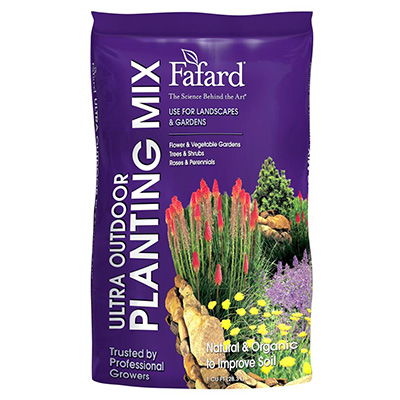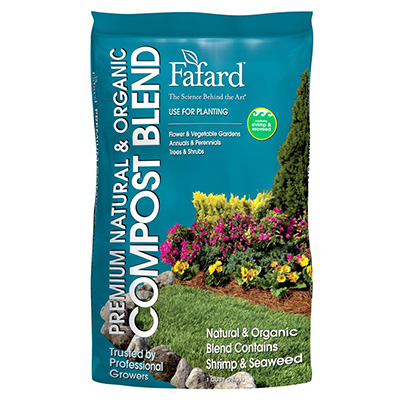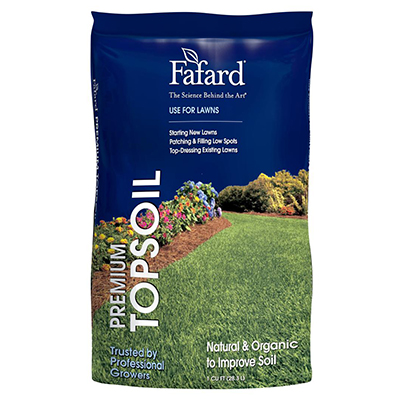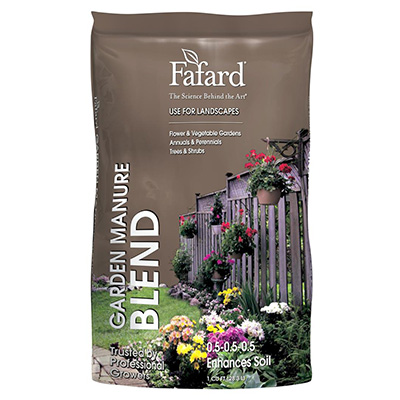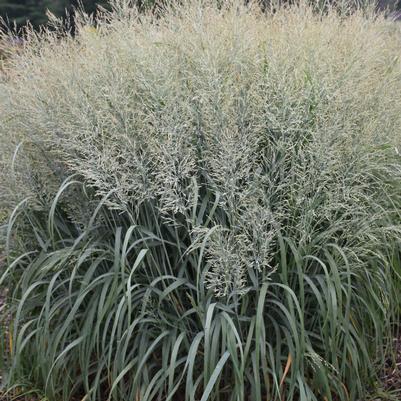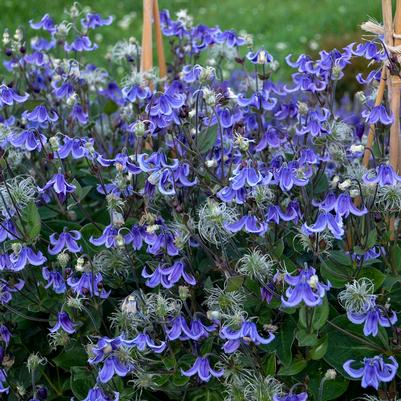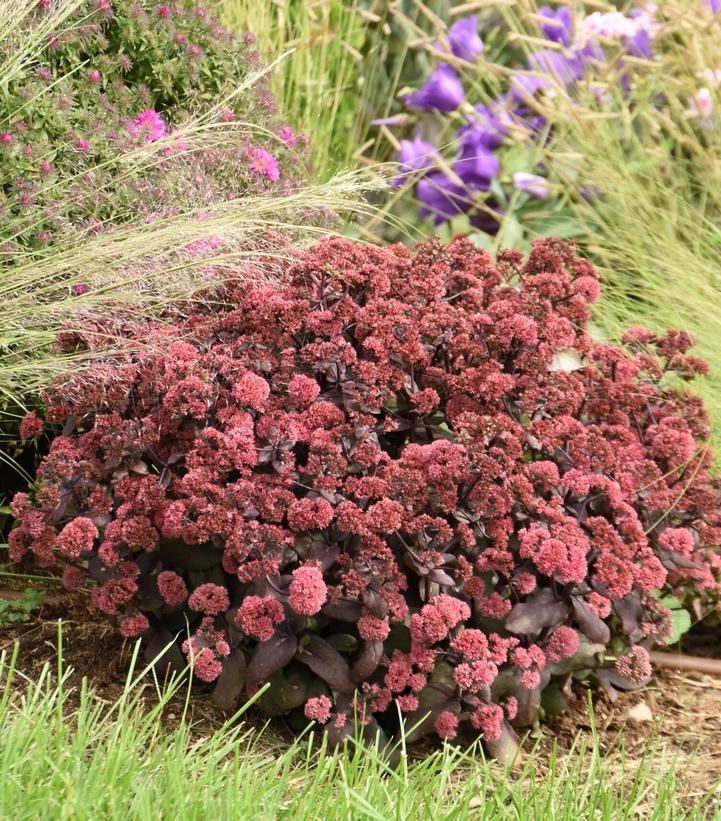
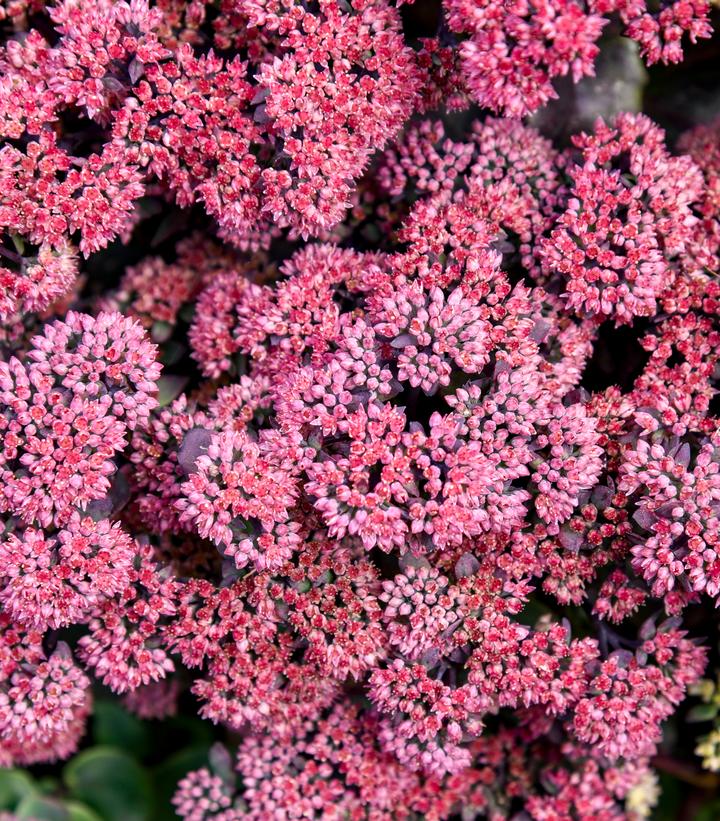
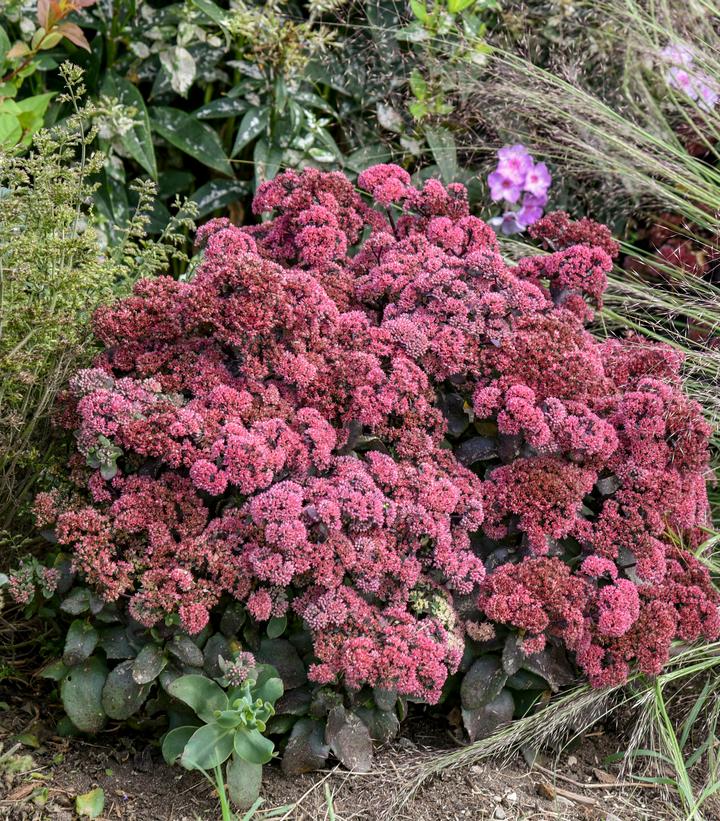



Sedum x Rock 'N Grow® 'Midnight Velvet'
Midnight Velvet stonecrop
- Domed habit
- Dark purple leaves
- Rose red flowers in late summer
- Seedheads appear after bloom
- Flowers left into fall provide winter interest and food for birds
- Stout stems support large flower heads

- Category: Perennial
- Patent: PP35,725
- Breeder: Proven Winners
- Hardiness Zone: 3-9
- Height: 1-2 ft
- Spread: 2-3 ft
- Bloom Color: Red Shades
- Foliage Color: Purple Shades
Purchase options for Midnight Velvet stonecrop
- Size: 1 Gallon -
- Status: Sheared and/or Dormant
- Availability: Online
$24.00
Success Starts With Soil
Fafard Premium Natural & Organic Compost
$12.99
Add To CartA tall Sedum in line with the rest of the ROCK 'N GROW® Collection, 'Midnight Velvet' adds a new foliage and flower color combination. Rich, dark purple leaves comprise the domed habit, adding garden interest from the moment they appear in spring. Beginning in late summer clusters of mauve buds cover the habit, before bursting open with rose red flowers. After bloom seedheads appear a dark red color. Leave seedheads standing for seasonal interest and as a food source for birds in winter. UV light is required to see true foliage color; leaves will be more green in too much shade.
Growing Tips for Sedum x 'Rock 'N Grow® 'Midnight Velvet''
Sedum is one of the most popular perennials grown in American gardens because it is very easy to grow and hardy in most areas of the country. Sedum is drought tolerant. It should be planted in average to poor soil that is well-drained. Plants grown in rich soil tend to be lanky and open. Performs best in full sun. The lower growing types, however, will survive in partial shade.
Pinching the taller varieties back by half in early summer will help prevent them from splitting. This plant is not usually bothered by pests or diseases. The seed heads of the taller varieties provide excellent winter interest and food for birds. Remove them in spring when the new growth begins to show.

